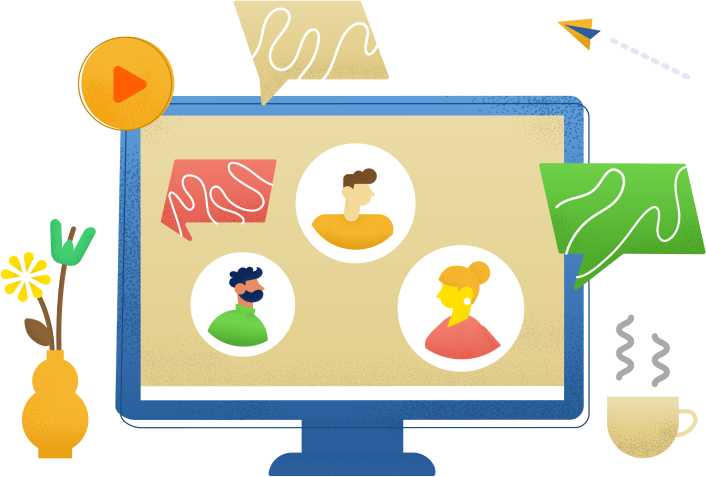Luiz Rodrigues
Owner, Fazenda California
Yimara Martinez
Q-Processing Program Manager, CQI
Sara Morocchi
Founder, Vuna Coffee Rituals
Mike Ebert
Founder, Firedancer Coffee Consultants


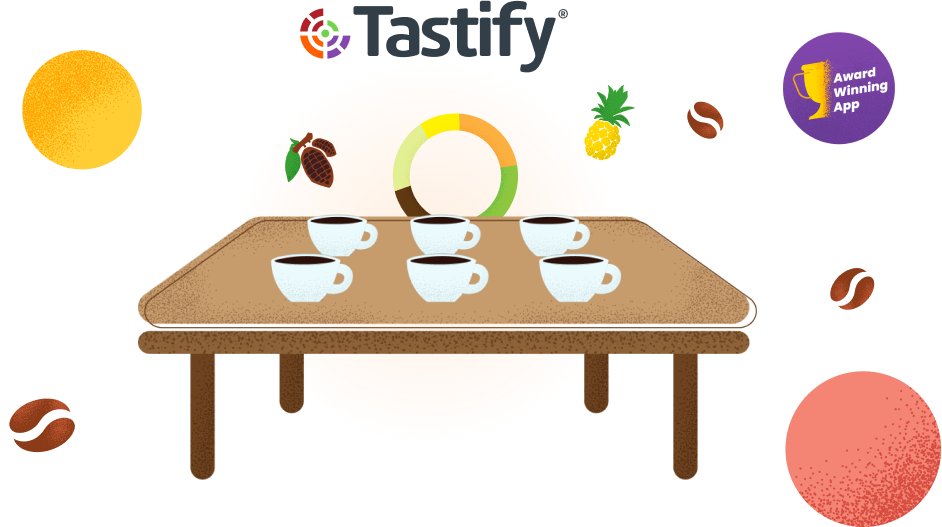
.png)
.png)
.png)
“With Tastify™ we can calibrate on much more than just cupping scores. This spectacular tool allows us to describe and share our coffee profiles, and transforms numbers and sensations into images. This brings coffee quality control into the 21st century.”
"Tastify™ is an incredible tool for all the people in the industry, not just QC but also for those who are just starting and roasters. Easy to use and easy to share. Very professional report!"
"Tastify™ is an affordable tool to help me assess my clients and to present my ideas with beautiful visuals. It also has an immense potential to help anyone learn how to cup!"
"Tastify™ is the perfect way to standardize cupping and allows for non-traditional cupping to do it right and objectively"
Owner, Fazenda California
Q-Processing Program Manager, CQI
Founder, Vuna Coffee Rituals
Founder, Firedancer Coffee Consultants
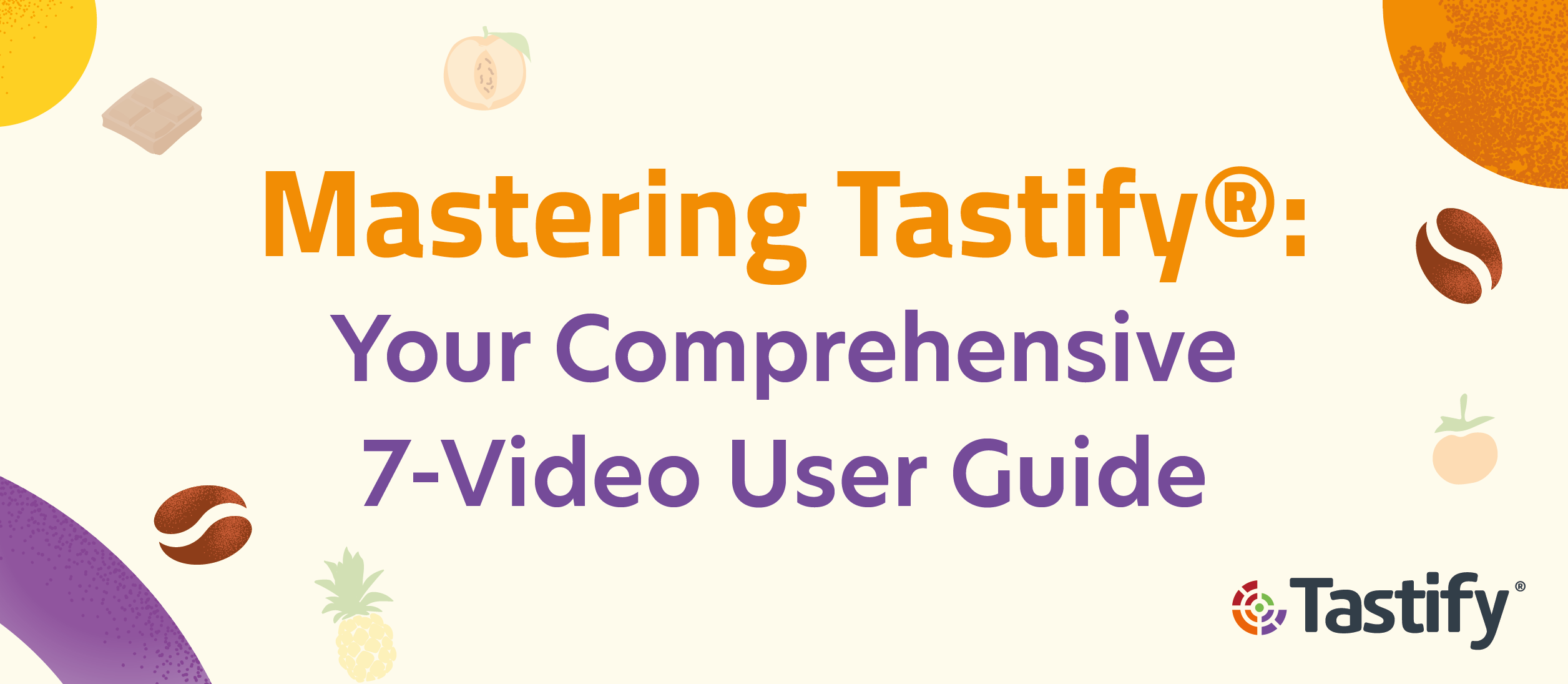
If you have ever wanted to know how to use Tastify® to its fullest potential, then you have come to the right place. These short videos will be your guide to mastering the app. In each video, we will provide you with step-by-step instructions and expert tips to help you become a Tastify® pro!
Read More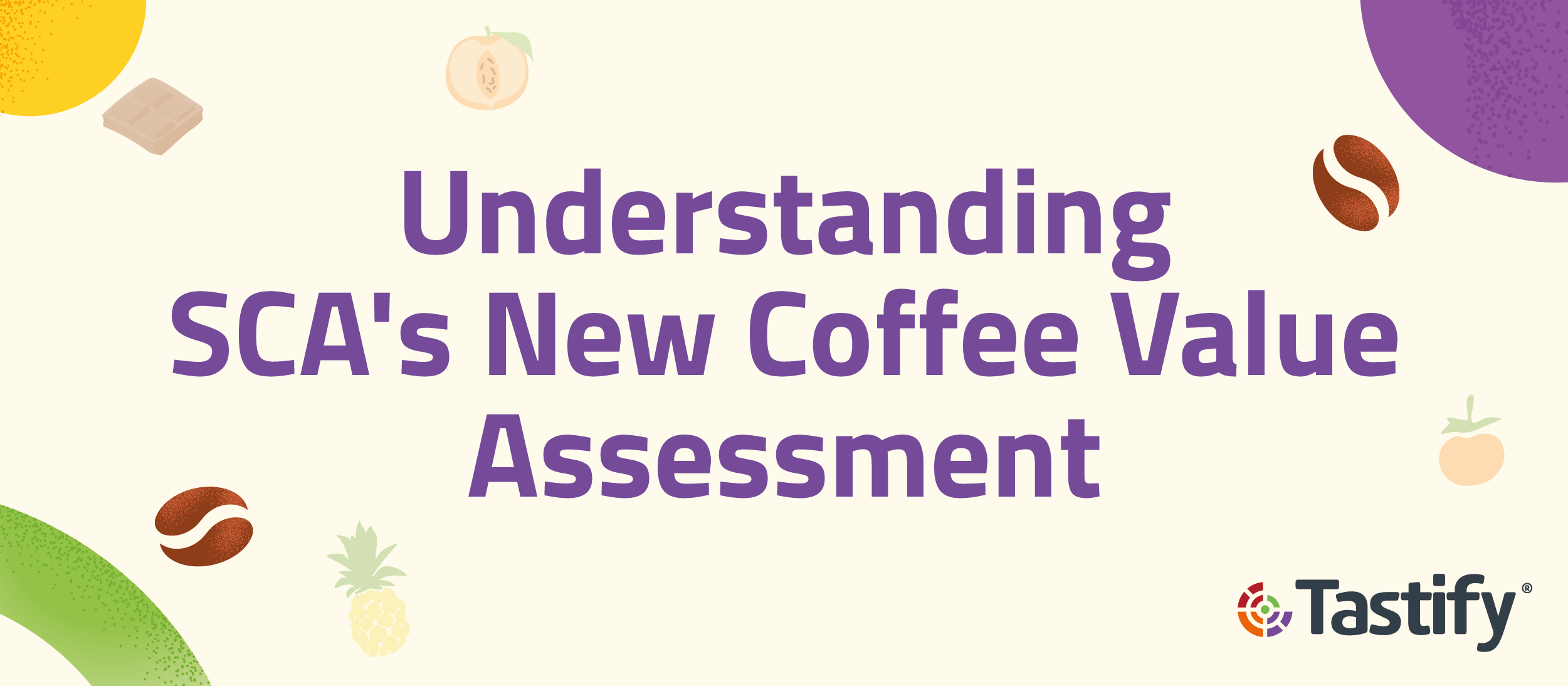
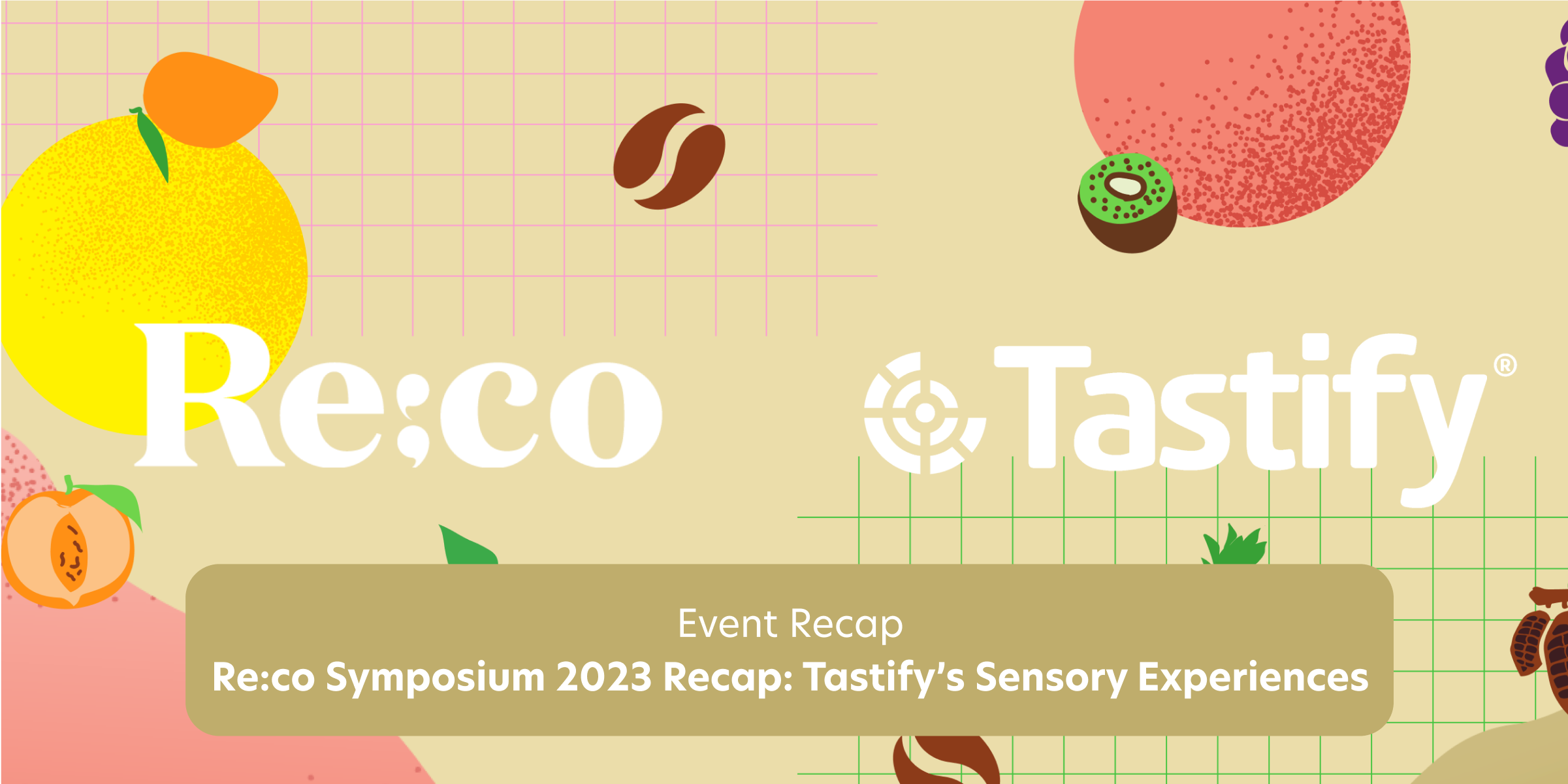

Who exactly is this Q Grader? Is someone overly fussy about coffee, or are they a tester?
Read More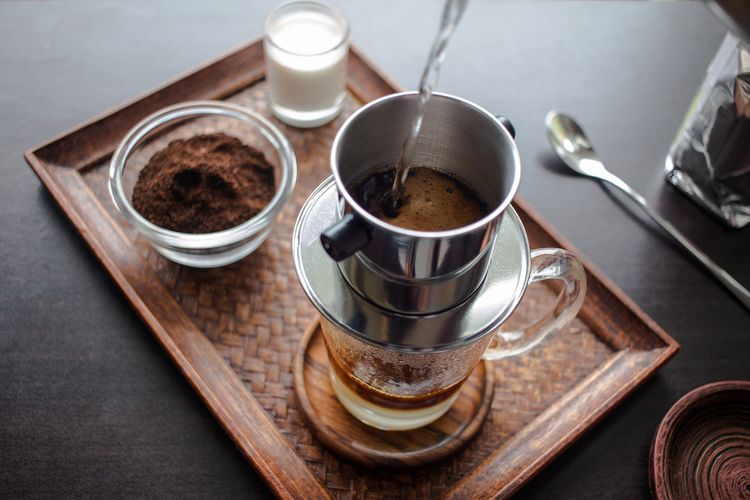
Are you a coffee connoisseur who loves every detail of the brewing process and wants to enjoy a coffee cup longer than usual? Vietnam drip coffee may be your favorite. Why is that?
Read More